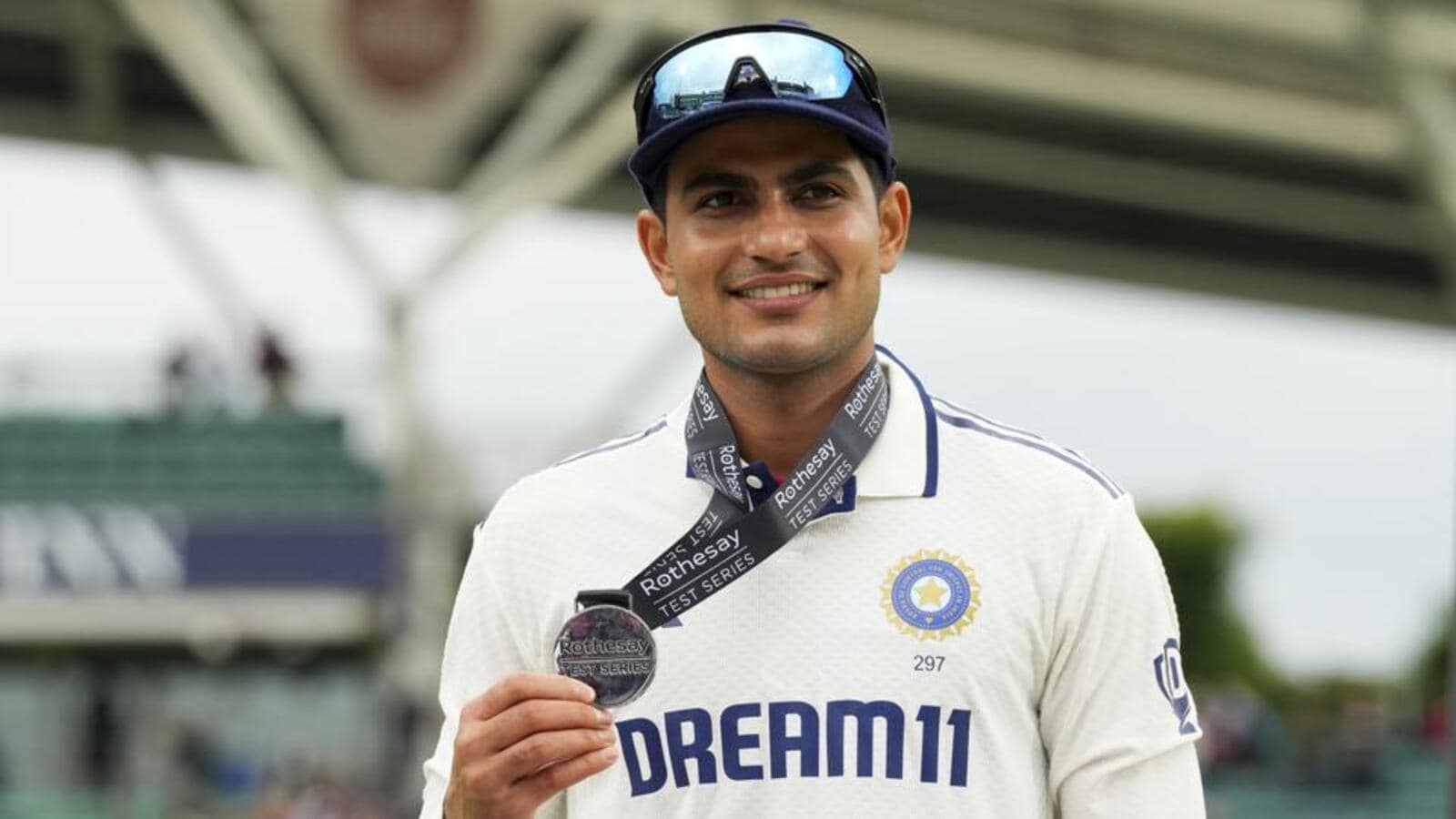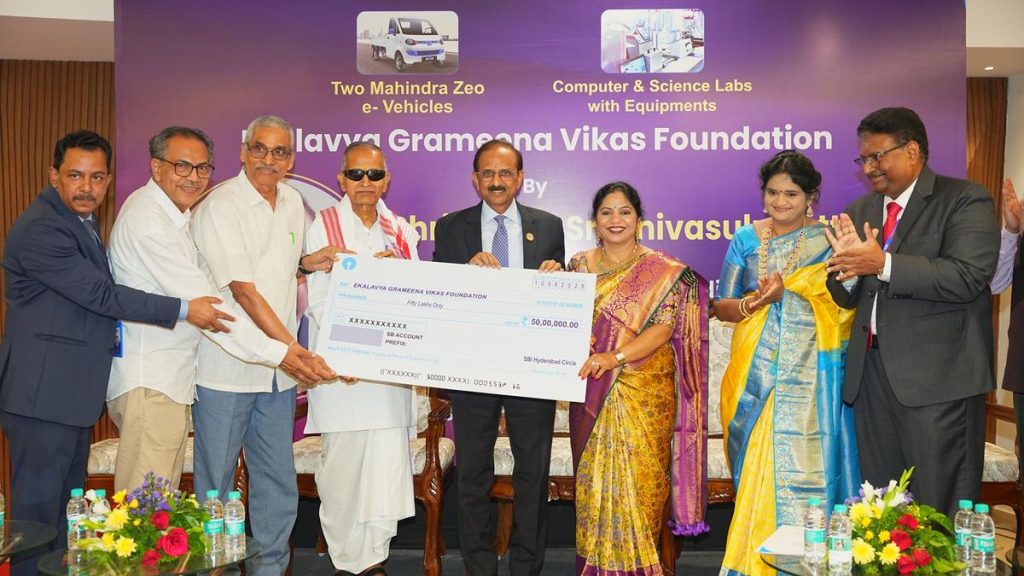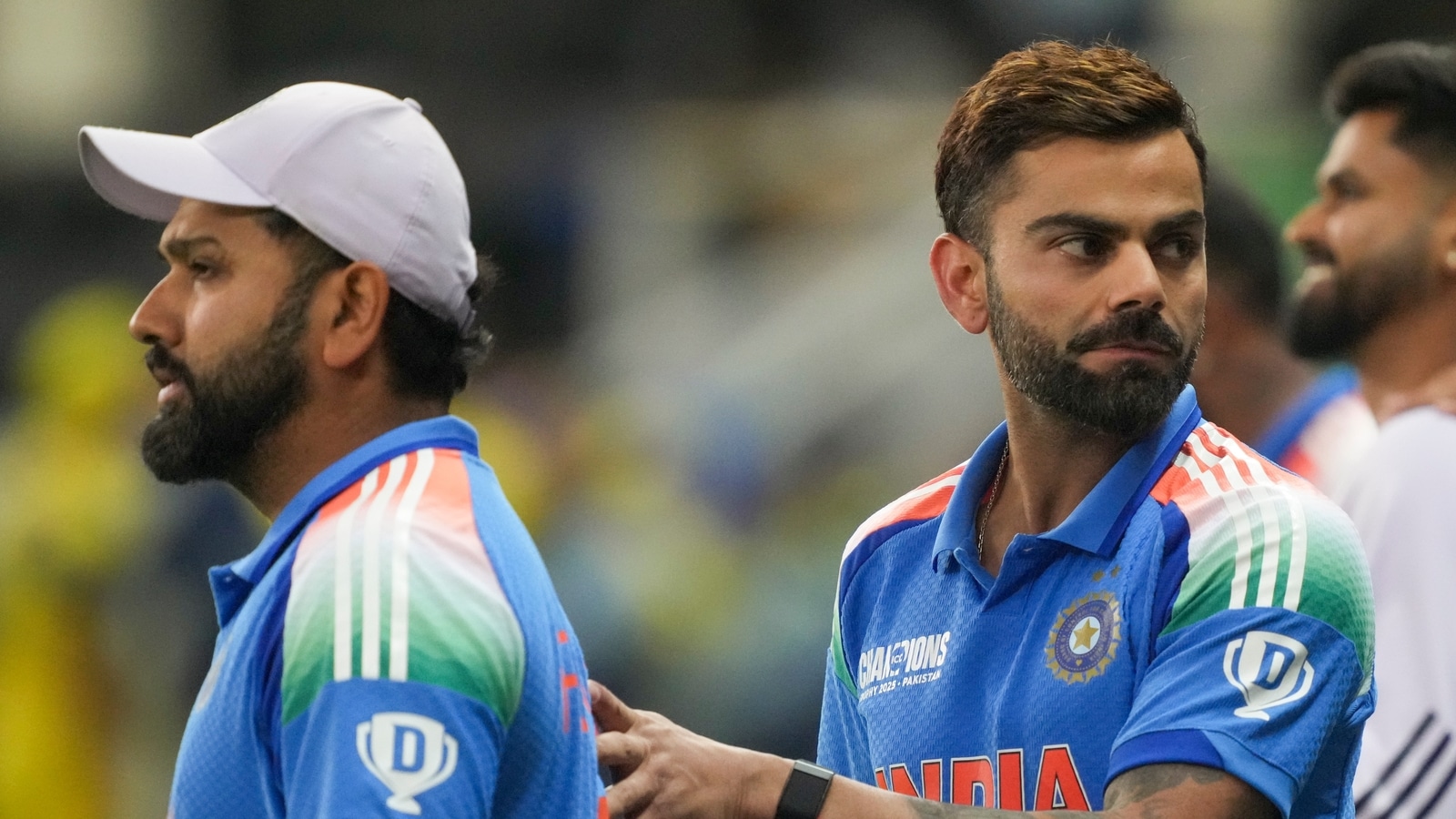Now Reading: Shubman Gill: A Contender for All-Format Captaincy?
-
01
Shubman Gill: A Contender for All-Format Captaincy?
Shubman Gill: A Contender for All-Format Captaincy?

Rapid Summary
- Shubman Gill made his Test captaincy debut during a rigorous five-match series against England, with notable success both as a leader and batter.
- Gill’s batting achievements include surpassing Don Bradman’s record and maintaining strong form despite a constantly changing batting order.
- At 25 years old, Gill is seen as having potential to lead India across formats due to his age advantage and consistent performance in international ICC events.
- Rohit Sharma’s tenure as ODI captain is under speculation due to age (38), with debates around India adopting cross-format leadership models for the future.
- Suryakumar Yadav leads the T20 side but missed selection for the Champions Trophy, impacting his chances to bridge into ODI leadership.
- gill’s white-ball credentials include a double century in ODIs, centuries in T20s, an ODI average of nearly 60, and IPL records showcasing adaptability and high strike rates.
- Questions linger on whether opening as captain could expose him to harsher scrutiny or whether it elevates his value further.
- The upcoming T20 World Cup in six months might bring clarity on his prospects as an all-format leader.
Indian Opinion Analysis
Shubman Gill’s rise from franchise cricket success with Gujarat Titans to international Test captaincy presents significant promise for India’s cricket leadership. His strong performances at just 25 years old showcase both reliability and adaptability required at this level.While early discussions around him being an all-format captain reflect sound reasoning based on age advantage and consistent batting output across formats,such decisions should be weighed carefully against past trends where single players bearing multi-format duties often face burnout or dip in performance.
Gill’s success has been bolstered by expertise not just with the bat but also navigating nuanced roles within India’s shifting team structures-a trait that aligns well with contemporary demands of versatile captains. However, concerns about how heavier responsibility impacts top-order batsmanship need analysis when comparing scenarios like Rohit Sharma or Sourav Ganguly facing similar pressures.
For Indian cricket fans concerned about long-term stability amid aging leaders like Rohit Sharma (ODI) or recent retirements (Virat Kohli-Test), investing strategically now could open doors toward ensuring uninterrupted progress leading into events like the 2027 ICC World Cup.
Ultimately tho clear metrics-performance consistency versus tactical growth via opportunities-must drive evaluations rather than quick transitions solely driven by youth-based arguments without factoring risks inherent from overburdening younger athletes pre-maturely within rigorous schedules spanning year-round fixture densities ahead globally upcoming cycles-demand preparedness tactful strength balance itself fairness safeguard momentum .























